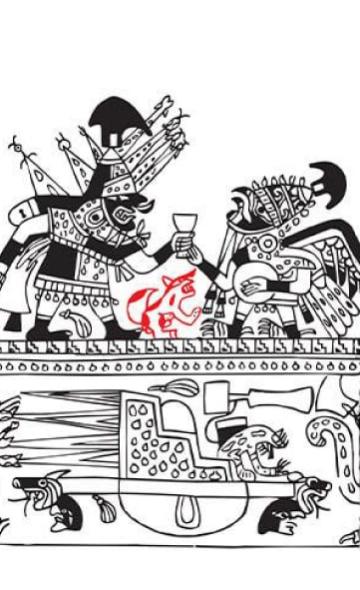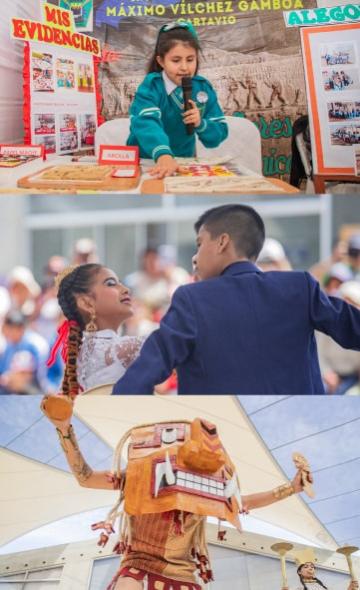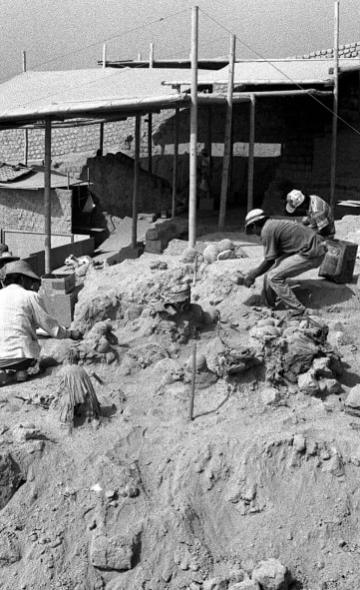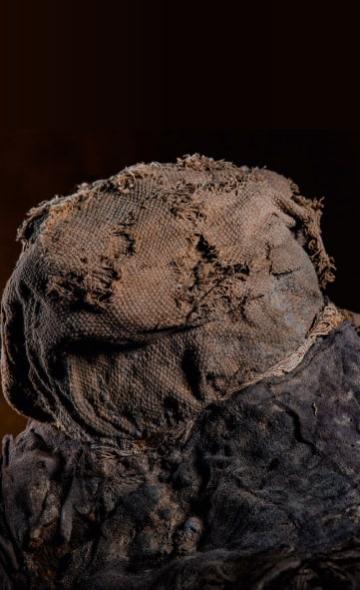- Visitors
- Researchers
- Students
- Community
- Information for the tourist
- Hours and fees
- How to get?
- Virtual tours
- Classic route
- Mystical route
- Specialized route
- Site museum
- Know the town
- Cultural Spaces
- Cao Museum
- Huaca Cao Viejo
- Huaca Prieta
- Huaca Cortada
- Ceremonial Well
- Walls
- Play at home
- Puzzle
- Trivia
- Memorize
- Crosswords
- Alphabet soup
- Crafts
- Pac-Man Moche
- Workshops and Inventory
- Micro-workshops
- Collections inventory
- News
- Students
- Moche or Mochica culture? Answering frequently asked questions
News
CategoriesSelect the category you want to see:

International academic cooperation between the Wiese Foundation and Universidad Federal de Mato Grosso do Sul ...

Clothing at El Brujo: footwear ...
To receive new news.
Por: Complejo Arqueológico El Brujo
Peru is the cradle of an impressive accumulation of civilizations that have left great vestiges for posterity. One of these settled on the northern coast of Peru and was called the Mochica culture.
But who were they? The Mochica, also known as Moche, were an ancient civilization that It emerged on the northern coast of Peru between the years 400 and 800 AD. Its legacy endures through archaeological complexes that dazzle with their excellent state of conservation, such as Huaca de la Luna, in the Moche Valley, the huaca Cao Viejo and huaca Cortada in Chicama, Dos Cabezas in Jequetepeque and so many other sites spread over a dozen coastal valleys.
These outstanding farmers, hunters, and potters were characterized by their complex social organization, expressed in impressive religious rituals, monumental architecture, and exceptional art.
To help you learn more about the Mochica culture, in this post we answer the most frequently asked questions about it:
Is it Moche or Mochica culture?
Both terms are accepted to name the pre-Hispanic culture that settled in the northern territory, comprised between Alto Piura to Jequetepeque; as well as in the southern territory, in which it encompassed the valleys from Chicama to Huarmey.
The choice between "Moche" and "Mochica" depends on the interpretation and preference of the experts. Generally speaking, "Moche" is used by many archaeologists and scholars to refer to this ancient civilization. This choice is based on the name of the geographic region where the culture flourished, specifically in the Moche, Chicama, and Viru valleys. For other specialists, Moche corresponds strictly to the valley of the same name, the nucleus of the culture in question, which by derivation is called "Mochica".
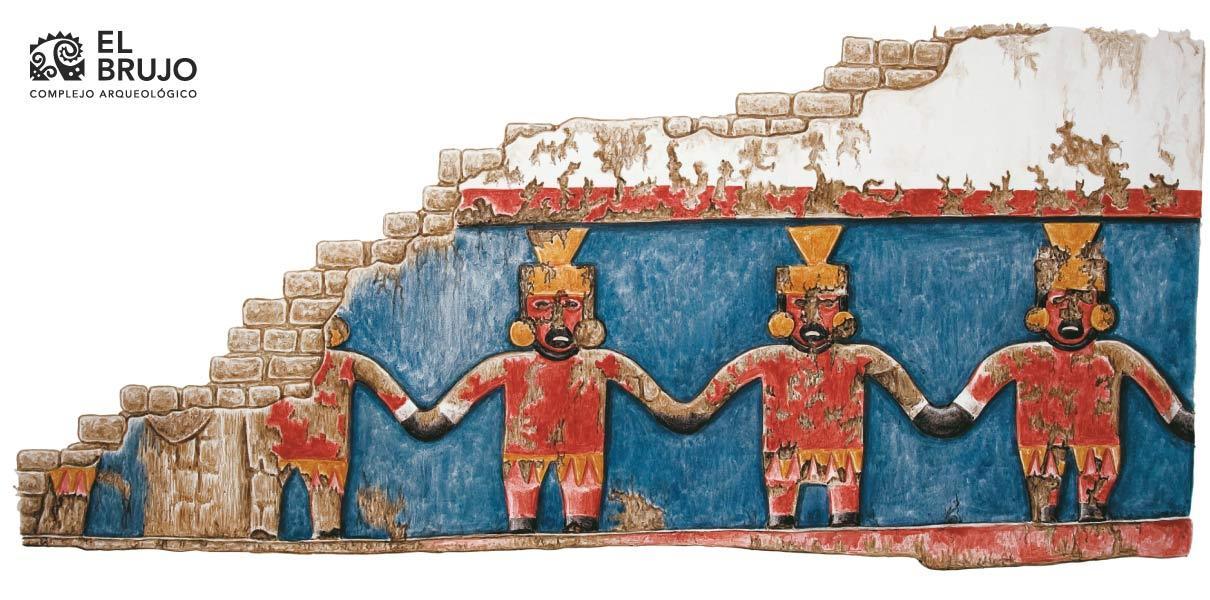
What stands out the most about Mochica culture?
What stands out the most about the Mochica culture is its extraordinary artistic legacy and complex social system. The Mochica were noted for their skill in pottery, creating fine objects that depicted religious scenes and social hierarchies.
In addition, the Mochica elite, comprising figures such as the Lady of Cao, demonstrated a complex political and religious system. Their temples, ritual objects, and power strategies reveal a society rich in traditions and marked by a distinctive social hierarchy.
Where did the Mochica culture originate and develop?
Archaeologists have proposed the existence of two major Moche territories: a northern one, stretching from Alto Piura to the Jequetepeque Valley, and a southern one, consisting of a series of valleys from Chicama to Huarmey.
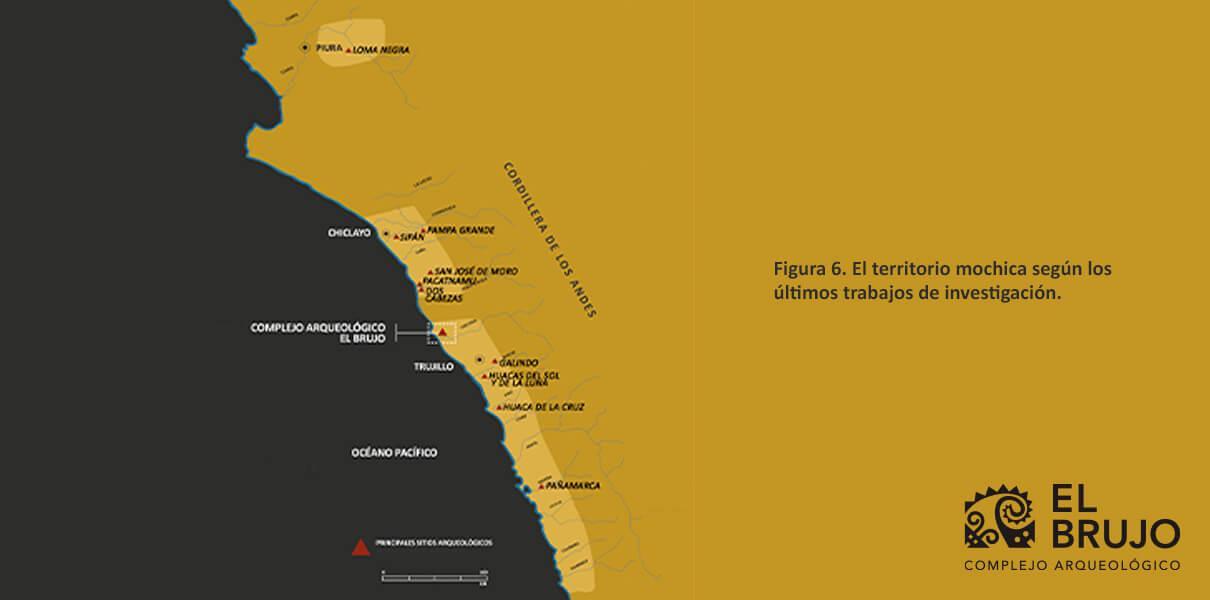
How did the Mochica feed themselves?
The Mochica supported their diet through various sources, including hunting, fishing, and agriculture. They raised animals such as guinea pigs, llamas, and hunted species such as vizcachas, deer, sea lions and seabirds. Their diet is complemented by a varied selection of cultivated plants, such as corn, custard apple, soursop, friar's plum, ají, cucurbita squash, mate, lucuma, guava, and legumes such as peanuts, pacae, jack beans, lima beans, beans and carob trees. The diversity of foods in their diet reflects the adaptation of the Mochica to their ecological environment in the lowlands of the Andes Mountain Range.
What was the pottery of the Mochica culture like?
Mochica pottery is one of the most outstanding aspects of their culture. It is characterized by the artistic exquisiteness and technical skill of the artisans. The Mochica produced both utilitarian and ceremonial pottery, but it is in ceremonial pottery that they attained their highest expression.
Is there a main god of the Mochicas?
The Mochicas constantly represented "Aiapaec" (a name given by Rafael Larco), who is also known as the "Decapitator" or "Mountain God" due to his attributes. Aiapaec is recognized as the supernatural being in Mochica iconography, depicted in a hybrid form with both human and animal characteristics, such as fangs and a ceremonial knife. His presence on walls and objects suggests that he played a crucial role in religious beliefs and ceremonies related to maintaining the hierarchical social order.
Now that you know a little more about the Mochica culture, we invite you to get closer to this culture by scheduling a visit to the El Brujo Archaeological Complex. We look forward to greeting you!
You can also read:
2. Frequently Asked Questions about the El Brujo Archaeological Complex
Students , outstanding news


